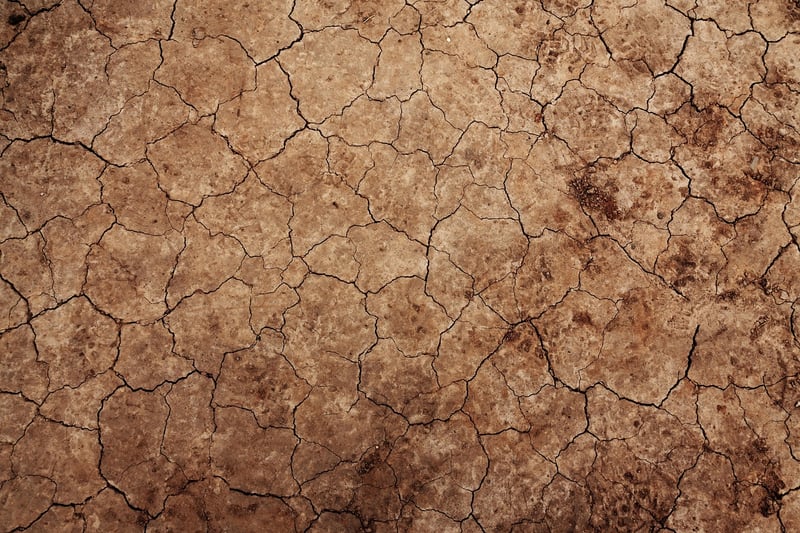Soil Mixes
Essential Items for Vertical Gardening
Vertical gardening is a great way to maximize space and create a green oasis in any urban setting. Whether you have a small balcony, patio, or even a wall inside your home, vertical gardening can transform any space into a lush garden. To get started with vertical gardening, here are the essential items you'll need:
1. Vertical Garden Structures
Choose a vertical garden structure that suits your space and needs. Options include wall-mounted planters, hanging planters, trellises, vertical garden towers, and pocket planters. Make sure the structure is sturdy enough to support the weight of the plants and soil.
2. Plants
Select plants that thrive in vertical growing conditions. Herbs, succulents, ferns, ivy, and small flowering plants are excellent choices for vertical gardens. Consider the amount of sunlight your space receives and choose plants accordingly.
3. Potting Mix
Use a lightweight potting mix that provides good drainage for your vertical garden. Avoid using garden soil, as it can be too heavy and compact for vertical planters. Look for a mix specifically designed for containers and vertical gardening.
4. Watering System
Ensure your vertical garden has a reliable watering system in place. This can include drip irrigation, self-watering planters, or simply a watering can with a narrow spout for easy watering. Proper watering is crucial for the health of your vertical garden.
5. Fertilizer
Plants in vertical gardens may need more frequent feeding due to limited soil volume. Choose a balanced liquid fertilizer or slow-release fertilizer to provide essential nutrients for healthy growth. Follow the instructions on the fertilizer package for best results.
Soil Mixes for Vertical Gardening
Choosing the right soil mix is essential for the success of your vertical garden. Here are some popular soil mixes recommended for vertical gardening:
1. Lightweight Potting Mix
A lightweight potting mix is ideal for vertical gardening as it provides good aeration and drainage. Look for mixes that contain perlite, vermiculite, or coconut coir to keep the soil loose and prevent compaction.
2. Succulent Mix
If you're growing succulents in your vertical garden, consider using a specialized succulent mix. These mixes are well-draining and provide the sandy, nutrient-poor conditions that succulents thrive in.
3. Moisture-Retentive Mix
For plants that require more moisture, such as ferns or tropical plants, a moisture-retentive mix is recommended. These mixes contain materials like peat moss or coconut coir to help retain moisture for longer periods.
By choosing the right soil mix and essential items for your vertical garden, you can create a thriving green space that adds beauty and freshness to any environment.


